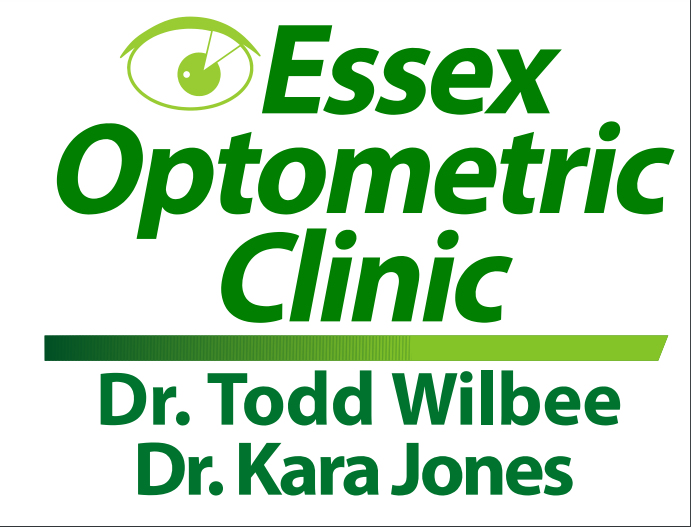For anyone over the age of forty, you can likely recall the
frustration of having to hold your reading material further from
your face in order to read the print clearly. For those of you who
are near-sighted, you likely have had to remove your spectacles in
order to read a newspaper or label. Perhaps after reading for only a
few minutes, fine print became blurry or eyestrain and headaches
became unbearable. All of these symptoms are due to a
phenomenon called presbyopia.
Presbyopia typically begins between the ages of forty and forty-
five. It becomes progressively worse until the approximate age of
sixty. It is a natural aging process and it is not reversible. The exact
mechanism as to how it occurs is not completely understood.
Generally, the focusing capabilities of the eye dissipate over time.
As of now, reading spectacles and bifocal glasses or contact lenses
are the only forms of treatment.
Reading glasses are the first option I will discuss. Since they are
focused for reading only, they need to be removed when looking at
a distance. For some people, having to put their glasses on and off
repeatedly can become a nuisance. Reading spectacles are easy to
adapt to and relatively inexpensive.
The second option is bifocals and there are two types. The first
type of bifocal is the traditional lined bifocal. They allow distance
vision through the top of the lens and up-close viewing through the
lower or bifocal portion of the lens. Lined bifocals are relatively
easy to adapt to and are the lower priced bifocal type. Some people
find intermediate distances such as the car dashboard or computer
monitor difficult to focus on with the standard lined bifocal. This
visual problem can be solved by lined trifocals which incorporate
two bifocal lines on the lenses.
Most people do not like the visible bifocal line on the lenses for
cosmetic reasons. Therefore, the second type of bifocal available
is the progressive or “no line” bifocal. This type does not have a
visible bifocal line on the lens which is much more appealing.
They correct for far away, intermediate and up-close distances.
Progressive bifocals can take longer for the patient to adapt to and
are more expensive than lined bifocals.
Some people have trouble adapting to progressive bifocal lenses
due to the distortion areas on the outer edges of the lenses. This
produces a “swim-effect” for some people causing an unsettled
feeling. Recently there have been technical advancements in the
design of progressive lenses. Digitally manufactured progressive
lenses are now available. These lenses have smaller distortion
areas and more precise prescription control than traditional
progressive lenses. The shape and size of the frame is taken into
account when the lenses are fabricated.
There are also options available for contact lens wearers who are
over the age of forty and are having trouble reading. One option is
monovision contact lenses. This involves wearing a distance
contact lens on one eye and a reading contact lens on the other eye.
They are relatively inexpensive however depth perception may be
hindered. A second option available is bifocal contact lenses.
There is a highly variable success rate with these types of lenses.
Much like death and taxes, presbyopia is unavoidable. As it stands
now, there is no proven method to prevent, reverse, or surgically
correct the process of presbyopia. Consult your local optometrist
or optician to determine which type of presbyopic correction fits
your particular lifestyle.
